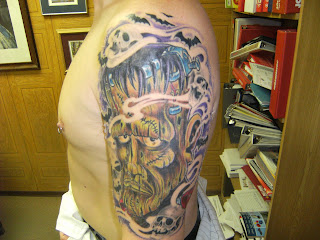
Description: A photo of a facebook page of a celebrity
In our culture, vanity is quickly transforming from an undesirable trait to a common one. Talking about yourself constantly and putting extraordinary effort into making sure you are portrayed the way you want to be seen are not always positives. Too often these days, people are having problems just being themselves. Furthermore, social network sites that are popular today continue to enforce the trend that everyone should focus primarily on their own vanity.
Part of the “orbit” that people are stuck in that C. Wright Mills talks about is not recognizing the difference between personal failures and societal failures. When people realize that they spend too much time on facebook or too much time worrying about their appearance, they often blame themselves for being so vain. However, this is not always just a personal problem when taking into account the sociological imagination. Being over-confident or “cocky” is a negative trait; however, through social networking sites such as Facebook, Twitter, and Myspace it is fairly evident that fair amounts of people believe they are the most important person in the world. I don’t know what is more arrogant than that, but in today’s society these websites have made this not only accepted, but the norm. The fact that magazines, TV, and pop culture in general have created this sense of vanity in society is recognized as a problem, but the solutions are barely discussed. Instead, these websites are created to give an outlet for not just celebrities, but everybody, to live in their own vanity-driven world.
This picture features a facebook page of a celebrity. On it you see not only the celebrity posting everything about themselves plus more, but also numerous amounts of fans commenting and “liking” and doing everything they can just for people to see them. You can’t tell without clicking them (which you obviously can’t) but many people simply post the URL’s to their own websites, just hoping people will come look at their extremely normal, but self-centered website.




















